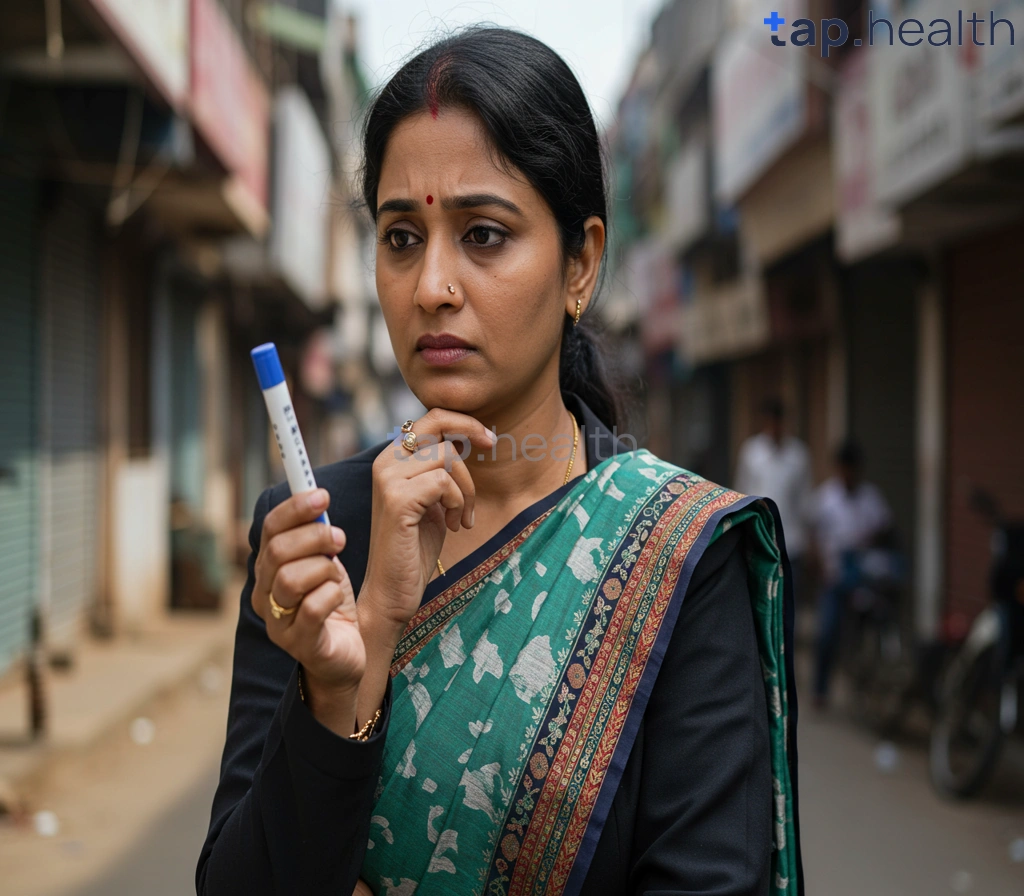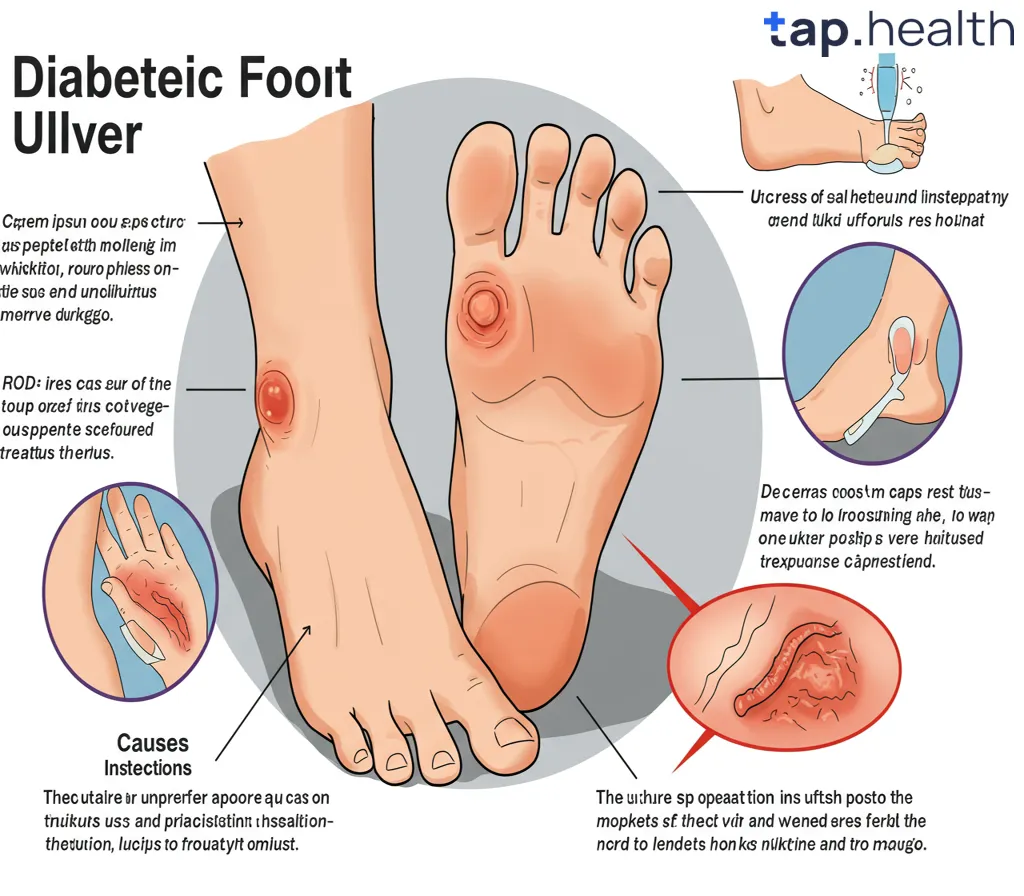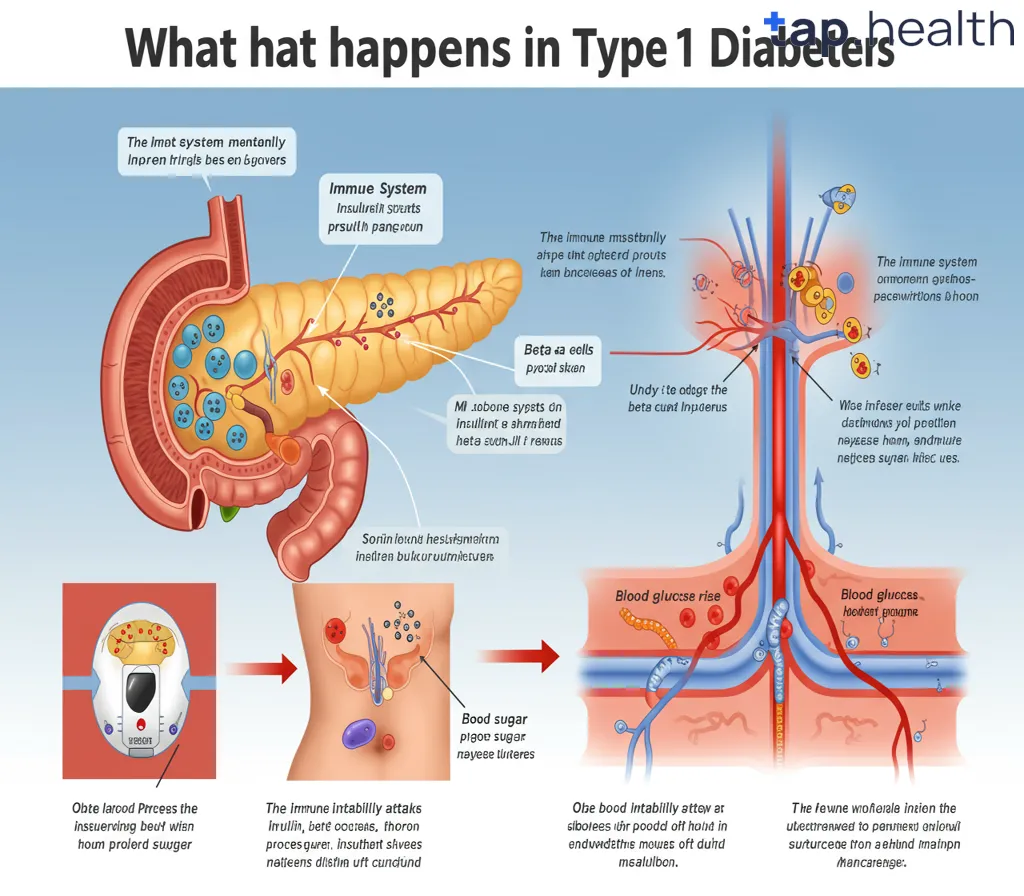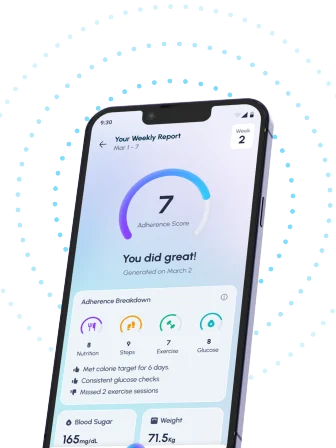Table of Contents
- Insulin Costs: A Financial Burden for Diabetics?
- High Insulin Prices: Navigating the Challenges
- Affordable Insulin: Finding Resources and Support
- Insulin Pricing: Advocacy and Policy Changes Needed
- Understanding the Impact of High Insulin Costs
- Frequently Asked Questions
- References
Living with diabetes is a constant balancing act, and for many, a significant challenge lies in managing the crushing cost of essential medications like insulin. This isn’t just about budgeting; for people with diabetes, insulin is a life-or-death necessity. In this blog post, we’ll delve into the stark realities of Insulin’s Crushing Cost: A Life-or-Death Struggle for Diabetics, exploring the financial burdens faced by countless individuals and families. We’ll discuss the impact of high insulin prices, explore potential solutions, and offer resources to help you navigate this critical aspect of diabetes management. Let’s face this challenge head-on and advocate for more affordable access to life-saving medication.
Insulin Costs: A Financial Burden for Diabetics?
The global cost of diabetes—a staggering $760 billion annually (source)—casts a long shadow, especially across resource-strapped regions like India and other tropical countries. For many diabetics, the price of insulin isn’t just a financial burden; it’s a daily struggle for survival. Imagine having to choose between food for your family and the medication that keeps you alive. That’s the harsh reality for countless people.
The High Price of Life in India and Beyond
In many tropical nations, accessing affordable insulin is a monumental challenge. Limited healthcare infrastructure, patchy insurance coverage, and fluctuating currency exchange rates all conspire to make insulin unaffordable for those who need it most. The scarcity of generic insulin and minimal government subsidies only worsen this crisis, pushing low-income families to the brink. Delayed or skipped doses, a tragic consequence of this financial burden, can lead to serious, even life-threatening complications. Understanding the potential dangers of insulin misuse is critical; resources like this article on insulin safety are vital for everyone.
Finding a Path Forward: Hope and Action
The situation is dire, but not hopeless. Individuals can explore government assistance programs, actively seek out cheaper generic insulin options, and connect with local diabetes support groups. These groups often provide invaluable resources and can even help negotiate lower prices with pharmacies. Furthermore, raising awareness and advocating for policies that ensure affordable insulin access is vital. For many, affordable insulin isn’t just about managing diabetes; it’s about living. It’s a matter of equitable access to essential medicine, improving quality of life, and securing a future free from this crushing financial burden. For those without diabetes, understanding safe insulin use, as detailed in this resource, is equally important.
High Insulin Prices: Navigating the Challenges
The Devastating Cost of Life
The price of insulin is tragically high, forcing millions – particularly in countries like India and other tropical nations – into impossible choices. Imagine needing insulin to survive, yet facing a financial hurdle that feels insurmountable. This is the stark reality for many, especially considering that over 80% of Type 2 diabetics grapple with insulin resistance, making insulin therapy crucial. The sheer cost, layered onto other diabetes expenses, leaves many rationing their medication or foregoing essential care. It’s a life-or-death struggle, not just a healthcare expense.
The Added Challenge of Tropical Climates
The heat and humidity of tropical regions add another layer of difficulty. Insulin is incredibly sensitive; maintaining the right temperature is vital for its effectiveness. Without reliable refrigeration, insulin spoils easily, further compounding the financial strain. It’s heartbreaking to think of insulin – a lifeline – wasted due to inadequate storage, adding insult to injury for those already struggling. This is more than just inconvenience; it’s a critical barrier to access.
Finding Pathways to Relief
There is hope. Exploring government assistance programs and support groups specifically for diabetics can ease the burden. Advocating for policy changes that prioritize affordable insulin is crucial for long-term solutions. Consider generic insulin if your doctor deems it appropriate, and work closely with your healthcare team to optimize your treatment plan. In resource-limited areas, community support and the sharing of cost-saving strategies are invaluable. Finally, improving your insulin sensitivity through diet and exercise, as detailed here: How to Improve Insulin Sensitivity with Diet and Exercise, and understanding the role of diet, like the impact of dairy, Dairy and Alternatives: Understanding Their Impact on Insulin Response, can make a significant difference.
Affordable Insulin: Finding Resources and Support
Navigating the High Cost of Insulin in India and Tropical Countries
The crippling cost of insulin is a terrifying reality for millions with diabetes, especially in lower-income countries. The International Diabetes Federation reports that over 75% of people living with diabetes are in these regions, a sobering statistic. Imagine the impossible choices families in India and other tropical nations face: pay for insulin or put food on the table? It’s a devastating burden, pushing many into poverty. Understanding how insulin works is vital, and knowing potential complications – like its effects on kidneys – is crucial. Learning more about this, for instance, can be helpful: Does Insulin Affect Kidneys?
Accessing Affordable Insulin: Practical Steps
Thankfully, there are pathways to more affordable insulin.
- Government programs are a fantastic starting point. Many nations offer subsidized or even free insulin through dedicated diabetes management initiatives.
- Consider generic brands. They’re often just as effective as name brands but significantly cheaper.
- Improving your body’s insulin sensitivity is key. A healthy diet plays a huge role here. Explore resources like this to see how: Effective Anti-Inflammatory Diet Strategies to Boost Insulin Sensitivity.
Community Support and Advocacy
Don’t underestimate the power of community. Local diabetes support groups are invaluable sources of information on affordable insulin, financial aid, and emotional support. They’re a lifeline, offering a sense of belonging and shared experience. And speaking up – advocating for better access – can make a real difference. Remember, you’re not alone in this fight.
Taking Action: A Call to Action
Finding affordable insulin takes initiative and teamwork. Start your search with government programs and explore generic insulin options. Connect with a local support group. Let’s work together to ease this burden and build a future where everyone can access the life-saving medication they need.
Insulin Pricing: Advocacy and Policy Changes Needed
The High Cost of Insulin: A Life-or-Death Struggle
Imagine needing insulin to survive, but the cost is crippling. For millions, especially in countries like India, this is reality. The annual cost of diabetes management in urban India can reach ₹25,000 – a devastating burden on families already struggling. This isn’t just about money; it’s about access to a life-saving medication. The disparity between insulin prices in developed and developing nations is shocking, highlighting a profound healthcare inequality.
Breaking Down the Barriers to Insulin Access
Several factors fuel this crisis. High import duties, pharmaceutical pricing practices, and a lack of local insulin production in many regions all contribute. The solution? A multi-pronged approach. Governmental subsidies, negotiating lower drug prices, and boosting generic insulin production are vital. Investing in local manufacturing capabilities could dramatically shift the landscape. And powerful patient advocacy groups are crucial in pushing for policy change and raising public awareness. Understanding dosage – you can learn more about average insulin doses for Type 2 Diabetes here: What Is The Average Dose Of Insulin For Type 2 Diabetes? – is also key to managing costs effectively.
Taking Action: A Collective Effort
We need collective action. Individuals can contact their elected officials, support organizations dedicated to affordable healthcare, and share their personal stories. These voices, amplified together, create powerful pressure for change. Effective policy change is the ultimate goal, ensuring everyone has access to insulin, regardless of their financial situation. Importantly, lifestyle modifications, such as reducing ultra-processed foods (Effects of Ultra-Processed Foods), can also significantly impact the disease and reduce insulin needs. Let’s work together to make insulin affordable and accessible for all.
Understanding the Impact of High Insulin Costs
The sky-high price of insulin casts a long shadow, especially in places like India and other tropical nations. It’s not just a personal struggle; it’s a massive global health and economic crisis. In the US alone, the annual cost of diabetes – including direct medical expenses and lost productivity – clocks in at a staggering $327 billion annually (Source). That’s a chilling number that reflects a worldwide problem.
Imagine the impossible choices families face: insulin or food? It’s heartbreaking, and the consequences of insufficient insulin – from diabetic ketoacidosis to blindness and kidney failure – are devastating. Learning just how quickly things can deteriorate (read more here) underscores the urgency of affordable access.
The Crushing Weight of Insulin Prices in Developing Nations
In many parts of India and the tropical world, insulin costs are a monumental barrier. Limited access to healthcare, unpredictable currency fluctuations, and import tariffs create a perfect storm. This isn’t simply inconvenient; it’s life-threatening. For those with lower incomes, the high cost perpetuates a vicious cycle of poverty and illness. The added stress (stress and diabetes: a complex link) only compounds the problem, making effective management even more difficult. It’s like trying to run a marathon with a heavy weight tied to your ankles.
Navigating the Challenges: Seeking Affordable Solutions
The situation is dire, but there’s hope. Advocacy groups are fighting for price transparency and government regulation. Increasing domestic insulin production in countries like India can lessen reliance on costly imports. Exploring generic options and expanding diabetes education empower individuals to manage their condition better. The fight for affordable insulin is, quite simply, a fight for lives. Collective action – from governments, pharmaceutical companies, and individuals – is crucial to ensuring everyone has access to this essential medication.
Frequently Asked Questions on Insulin’s Crushing Cost
Q1. What is the main problem highlighted regarding insulin?
The exorbitant cost of insulin creates a significant financial burden for millions of diabetics globally, particularly in resource-constrained regions like India and other tropical countries, forcing many to make impossible choices between essential needs and life-saving medication.
Q2. How does climate affect insulin affordability and access?
In tropical climates, the heat and humidity make insulin storage challenging, as it’s highly sensitive to temperature fluctuations. Without reliable refrigeration, insulin spoils easily, adding to the financial strain and access barriers for those already struggling with affordability.
Q3. What resources and support are available to help manage the cost of insulin?
Several options exist to make insulin more affordable. These include exploring government assistance programs, using cheaper generic insulin brands (if deemed appropriate by a doctor), joining local diabetes support groups for resources and price negotiation assistance, and advocating for policies that improve insulin access.
Q4. What is the role of advocacy and policy changes in addressing high insulin costs?
Advocating for policy changes is crucial to long-term solutions. This includes pushing for government subsidies, negotiating lower drug prices with pharmaceutical companies, increasing domestic insulin production in affected regions, and raising public awareness about the crisis. Individual actions such as contacting elected officials and supporting relevant organizations can amplify the collective voice for change.
Q5. What are the broader consequences of unaffordable insulin, and what actions can individuals take?
The high cost of insulin has devastating consequences, leading to delayed or skipped doses, serious health complications, and even death. Beyond advocacy, individuals can take proactive steps like improving insulin sensitivity through diet and exercise and working closely with their healthcare team to optimize their treatment plans. Understanding the importance of a healthy lifestyle and effective diabetes management can also significantly help to reduce overall insulin needs.
References
- A Practical Guide to Integrated Type 2 Diabetes Care: https://www.hse.ie/eng/services/list/2/primarycare/east-coast-diabetes-service/management-of-type-2-diabetes/diabetes-and-pregnancy/icgp-guide-to-integrated-type-2.pdf
- Children with Diabetes : A resourse guide for families and school. : https://www.health.ny.gov/publications/0944.pdf




